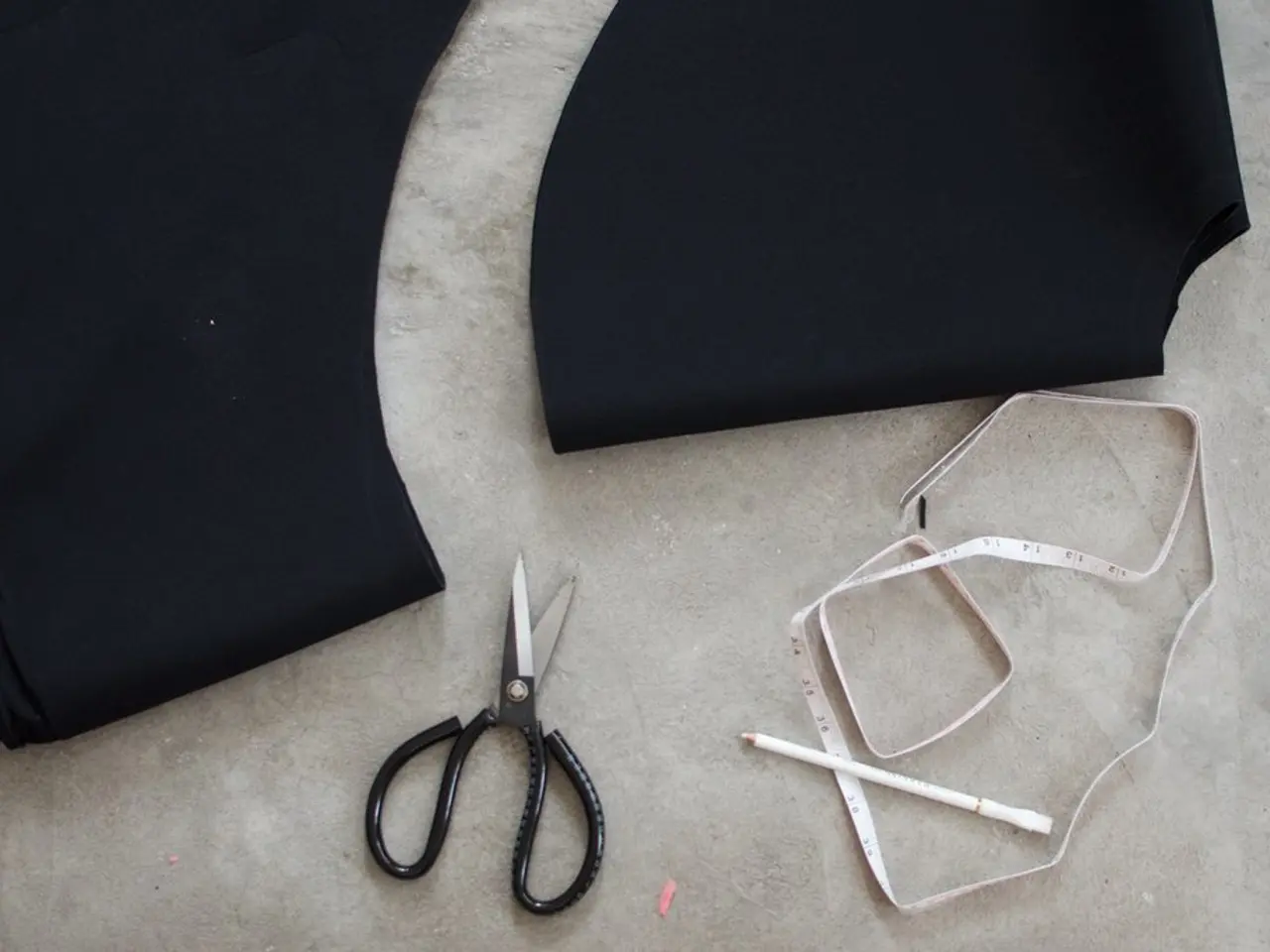Create Your Own Microscope in 3D: Affordably Print a Professional-Grade Microscope at Home for Only $18!
The development processes for two distinct types of equipment, the OpenFlexure Microscope and ventilators, have recently come under the spotlight due to their different requirements and timelines.
Development and Approval of a Ventilator
The development and approval of a ventilator is a complex and lengthy process, spanning several years to a decade or more. This process involves four main stages:
- Design and Prototyping: The initial phase involves designing and prototyping the device, which can take several months to a few years.
- Testing and Validation: Extensive testing for safety, efficacy, and performance is required, which typically takes several months to a year or more.
- Regulatory Approval:
- 510(k) Process: For devices that are substantively similar to existing ones, the FDA's 510(k) process is used. This usually takes about 90 days but can be longer if additional information is required.
- Premarket Approval (PMA): For more complex or innovative devices, a PMA is needed, which can take one to two years or more.
- Clinical Trials: Sometimes necessary, especially for novel devices, which can add several years to the process.
Development of the OpenFlexure Microscope
In contrast, the OpenFlexure Microscope, an open-source project, follows a more straightforward development path.
- Design and Prototyping: The OpenFlexure Microscope is built on existing technologies and can be rapidly prototyped using 3D printing and other accessible technologies.
- Testing and Validation: Since it is primarily used for educational or research purposes, the testing might be less rigorous compared to a medical device intended for patient care.
- No Regulatory Approval: As an open-source project for non-clinical use, it does not require FDA approval, significantly reducing development time.
- Community Feedback and Iteration: The open-source nature allows for rapid iteration based on community feedback.
The five-year development process for the OpenFlexure Microscope showcases its efficiency compared to the lengthy ventilator development cycle.
The medical device industry is highly regulated, and the attention given to 3D-printed hardware devices should prompt a re-evaluation of safety standards and ease of device development, particularly for smaller companies. Meanwhile, the OpenFlexure Microscope's design demonstrates the feasibility of designing complex hardware in one place and manufacturing it somewhere else.
Recently, the pandemic has prompted numerous global projects for developing low-cost, open-source 3D ventilators or ventilator parts. However, it's important to note that the OpenFlexure Microscope and these ventilators serve different purposes and have different development requirements.
Dr. Joel Collins, a physicist involved in creating the microscope at Bath University, has printed over 100 OpenFlexure microscopes in Tanzania and Kenya, showcasing its affordability and accessibility.
In conclusion, while a ventilator's development and approval process can take several years to a decade, the OpenFlexure Microscope's development is significantly faster, benefited by its open-source nature and lack of regulatory hurdles.





